Concealer vs. Color Corrector: Our Experts Break Down the Difference



IPSY Editors


When it comes to achieving a flawless complexion, the world of makeup luckily offers us an array of tools to address all our skin concerns. Among these face fixers, two key players stand out: concealer and color corrector. At first glance, concealers and correctors might look similar, but they both serve distinct purposes in the quest for a more even skin tone.
Corrector vs. concealer: How do you decide which one is right for you and when you should use each? We asked two makeup experts to tell us all. Whether you struggle with dark under-eye circles, redness, hyperpigmentation, or something else entirely, understanding the role of concealer vs. corrector will empower you to choose the right weapon for your beauty arsenal.


It's about glam time you treated yourself.
MEET THE EXPERT
Elaina Badro is a celebrity makeup artist.
Tisha Thompson is a makeup artist and the founder of LYS BEAUTY.
What Is Concealer?
Concealer is a cosmetic product that is specifically designed to hide or conceal imperfections on the skin. It is often used to cover up dark circles, blemishes, and other unwanted marks on your skin.
Conclears typically come in creamy or liquid formulas, and they are available in various shades to match different skin tones and undertones. The main purpose of a concealer is to provide coverage and create an even skin tone by camouflaging imperfections.
How to Apply Concealer:
Concealers are typically applied after moisturizer and before foundation or powder. Using a small brush, sponge, or even fingertips, it is gently blended into the skin until the desired coverage is achieved. Many concealers are buildable, allowing you to layer the product to achieve more coverage if needed.
“Concealer helps to hide blemishes, sun spots, age spots, dark circles in the under-eye area, etc. Typically, its consistency is a bit thicker than foundation in order to spot-treat imperfections,” says makeup artist Elaina Badro.
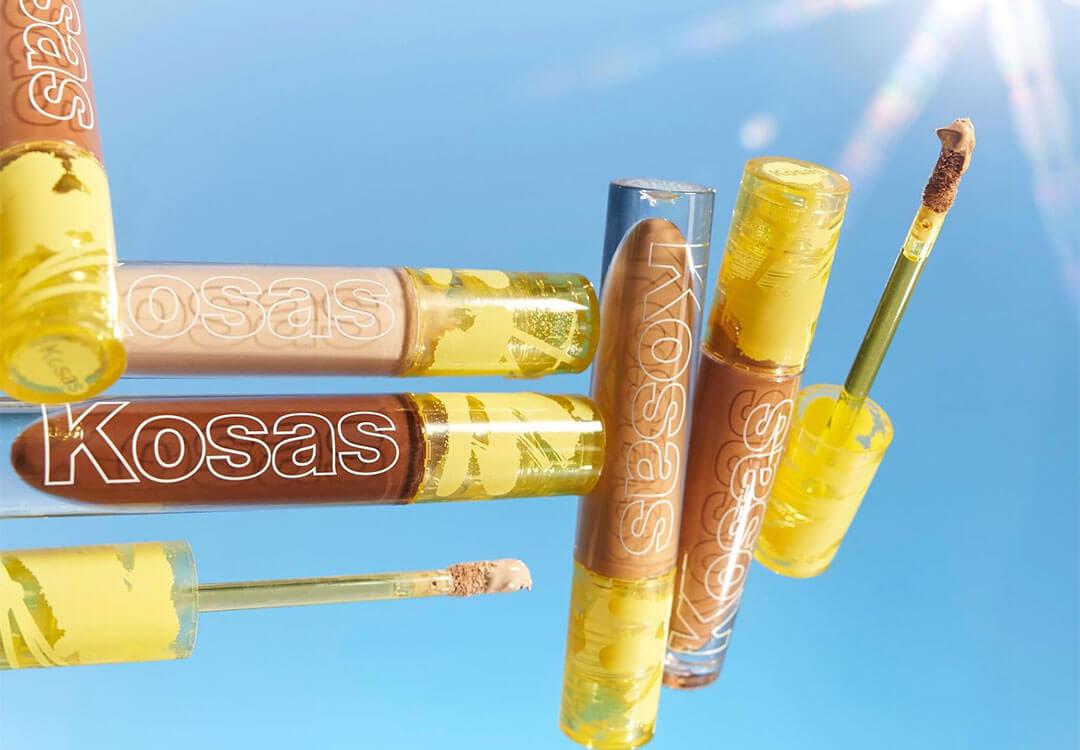
Choosing the Right Concealer for Your Skin Color:
It is important to choose a concealer that is the right shade, matching your skin tone or is slightly lighter to effectively cover imperfections (going too dark in the shade can actually draw more attention to the area you’re looking to cover). Additionally, selecting a formula with the right undertone—such as yellow undertones for counteracting darkness or green for neutralizing redness—can further enhance the concealer's effectiveness. We’re big fans of KOSAS Revealer Concealer, which comes in tons of shades and undertones.
“The formulas on the market range from light-to-full coverage, concealing the look of dark spots, unwanted texture, or blemishes on the face. Most people opt for colors one to two shades lighter than their natural complexion to illuminate the face in the way that the sun naturally hits,” says Tisha Thompson, makeup artist and founder of LYS BEAUTY.
While concealers are versatile and can be used for various skin concerns, it is essential to keep in mind that they primarily provide coverage rather than treating the underlying issue. Therefore, if you are dealing with specific skin concerns like severe redness, dark spots, or discoloration, color correctors may be a better option (more on that below!).
What Are Color Correctors?
You know those little pots or sticks of pastel-colored makeup products you see in the beauty aisle? Those are color correctors, but don’t worry, using a color corrector won’t make you look like you’re on the way to Coachella. Instead, color correctors are used to neutralize unwanted tones or discolorations on your skin. They are typically applied before foundation or concealer to create a more even skin tone and improve the overall appearance of the complexion.
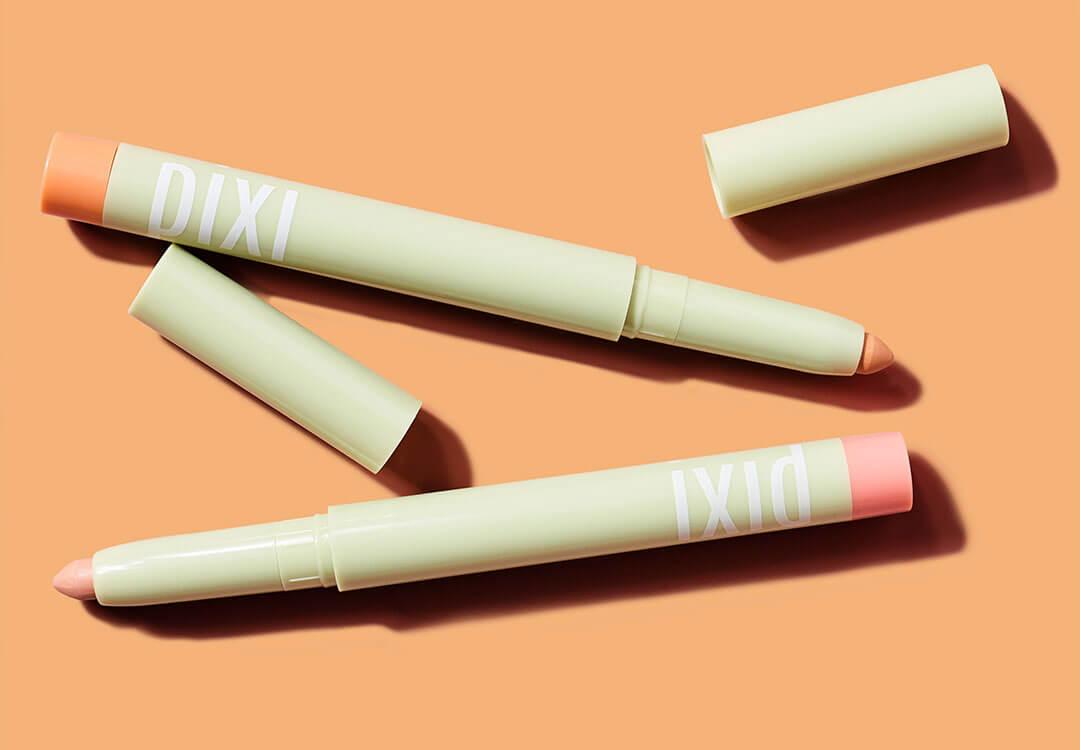
How to Pick the Right Color Corrector
Unlike concealers, color correctors don’t (and shouldn’t) match your skin tone exactly. Instead, color correctors come in various shades that target different skin concerns. “Color correctors use color theory and the color wheel to help even out the look of your skin,” says Thompson. “For many people, using a fuller coverage concealer can address any skin tone irregularities on the face, whereas others with deeper pigmented areas that need brightening may utilize color correcting for added camouflaging.”
For example, green color correctors are used to counteract redness in the skin, while peach or orange color correctors (like PIXI BEAUTY CC Crayon) are used to counteract blue tones, which are often found in dark circles and hyperpigmentation on darker skin tones.
It's important to note that color correctors are not a one-size-fits-all solution, and the choice of corrector shade depends on individual skin concerns and skin tones. It's recommended to experiment with different shades and techniques to find the most effective color-correcting routine for your specific needs.
Corrector vs. Concealer: Which One Is Right for You?
Knowing when to use concealer or color corrector depends on the specific skin concern you are trying to address. The main difference between them is the method in which they conceal. Here are some guidelines to help you decide:
Concealer:
Concealers are generally used to provide coverage and create an even skin tone.
Use concealer when you want to cover up small blemishes, dark spots, or under-eye circles.
If you have mild discoloration or isolated spots to cover, a concealer that matches your skin tone or is slightly lighter can be effective.
Color Corrector:
Use color correctors when you need to neutralize specific tones or discolorations on your skin.
Color correctors are designed to counteract color issues, such as redness, blue-toned dark circles, hyperpigmentation, or sallowness.
Select a color corrector that sits opposite on the color wheel to the shade you want to correct. For example, green corrects red, peach or orange correct blue, and lavender corrects yellow (aka sallowness).
Apply color corrector sparingly to the problem areas before applying foundation or concealer. Blend it well to create a seamless finish.
In some cases, you may also choose to use both concealer and color corrector. “You need color correctors if you're trying to conceal discoloration. Concealer alone won't do the trick because the color needs to be neutralized initially before coverage,” explains Badro.
For instance, if you have significant under-eye circles, you can use a peach color corrector to neutralize the darkness and then apply a concealer that matches your skin tone on top to provide coverage. If you’re looking for an all-in-one product, you might love color-correcting concealers.
Looking for more complexion products that are perfect for your skin? Take our Beauty Quiz now to get started with your own IPSY beauty subscription. Already an IPSY member? Refer your friends to earn points, which you can use toward products. Either way, don’t forget to check us out on Instagram and TikTok @IPSY.
Like this article? Share it with your friends by clicking the icons below!
Liked this post? Share!
Related Stories
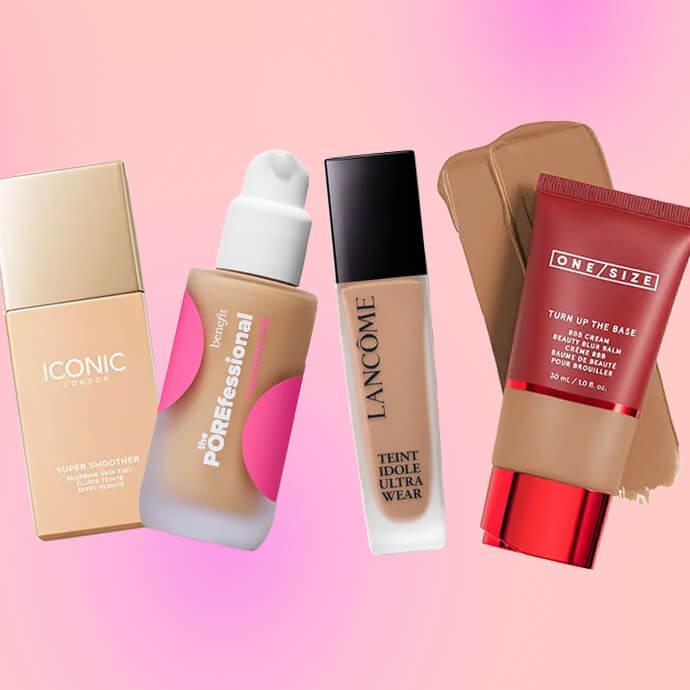
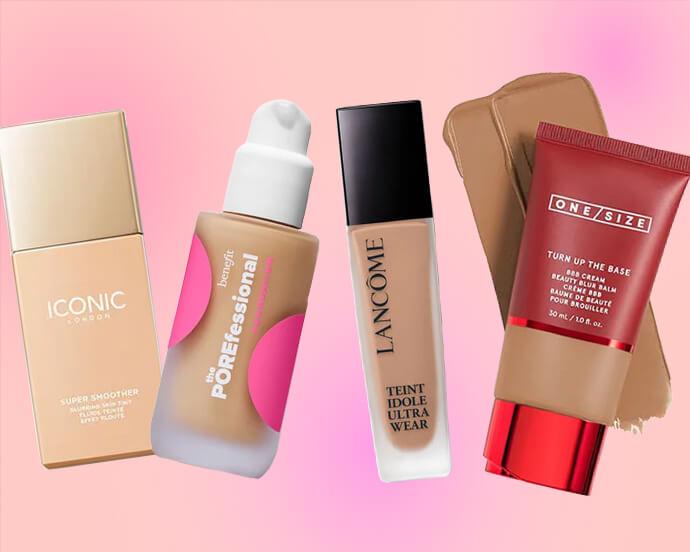
Makeup
Want an IRL Filter? These Are the Best Blurring Foundations
Published on Dec 12, 2025 • 5 min read
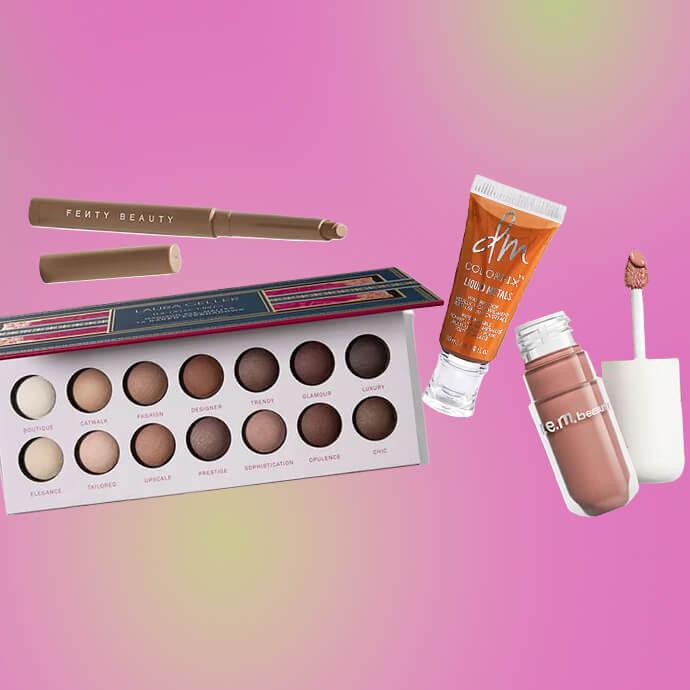
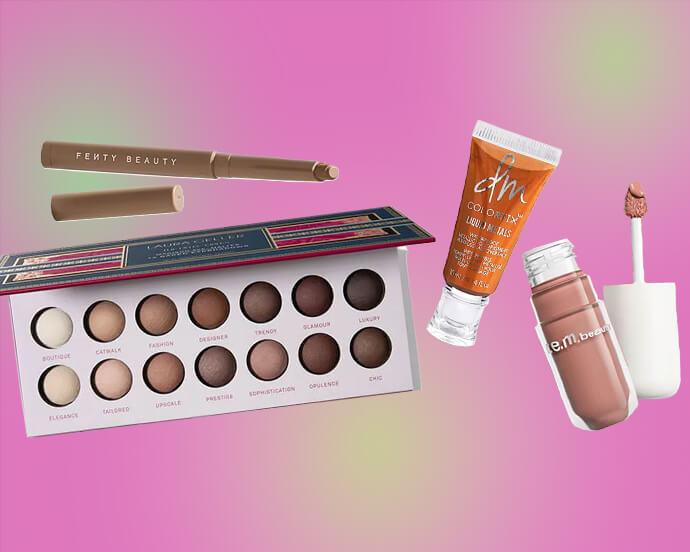
Makeup
How to Expertly Apply Eyeshadow on Mature Skin
Published on Dec 10, 2025 • 6 min read

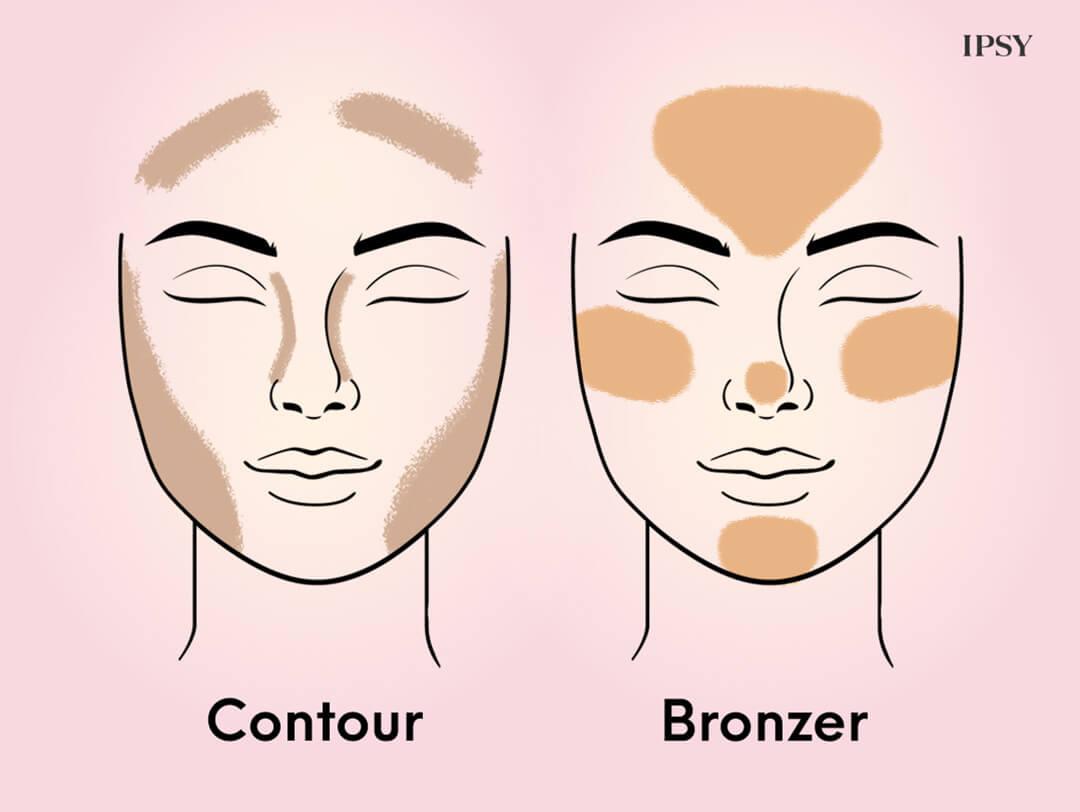
Makeup
How to Use Bronzer and Contour to Sculpt Your Face Like a Pro
Published on Dec 5, 2025 • 9 min read


Makeup
Makeup for Older Women That Works With Your Skin, Not Against It
Published on Dec 1, 2025 • 12 min read


Makeup
2026’s Biggest Makeup Trends Are a Maximalist Dream
Published on Dec 1, 2025 • 8 min read


Makeup
2025’s Biggest Makeup Trends: Go Big or Go Home
Published on Dec 13, 2024 • 7 min read


Makeup
16 New Year’s Eve Makeup Ideas to Fashionably Ring in 2026
Published on Nov 25, 2025 • 10 min read


Makeup
Your 2026 Beauty Horoscope Is Here—and the Stars Are Serving Looks
Published on Nov 25, 2025 • 9 min read


Beauty Picked Just for You
Get 5 products worth up to $70
Plus exclusive access to epic deals up to 80% off
Starting at just $14/month. Cancel anytime.